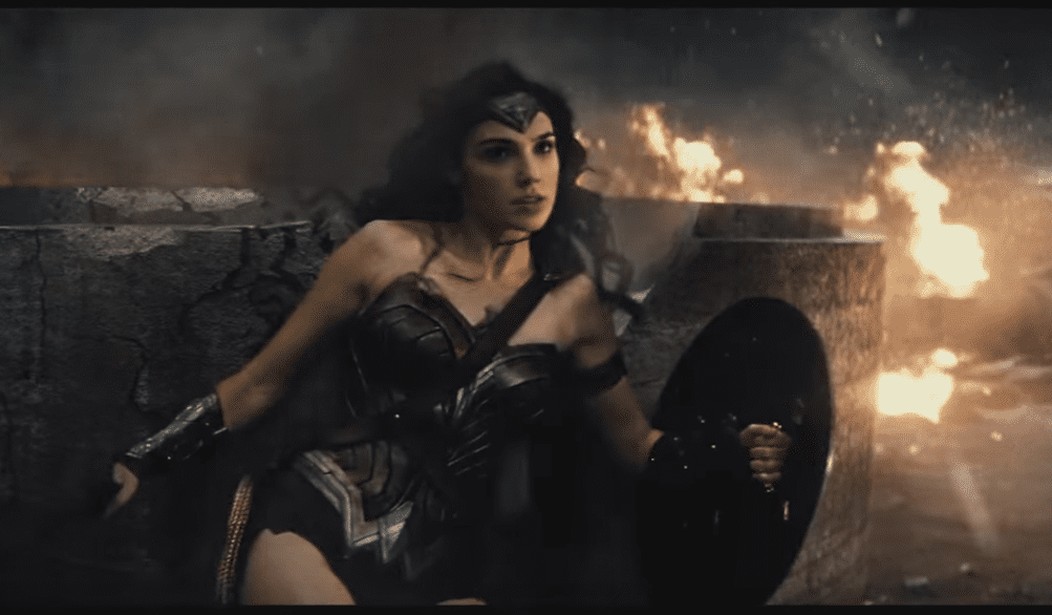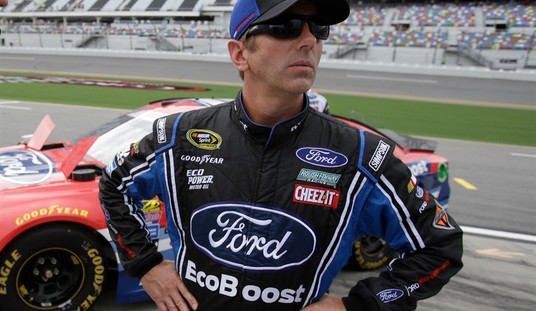Despite my annoyance with the social justice warriors, they’re not wrong that diversity can be a good thing. We all benefit from learning about the different experiences of people with different backgrounds. It becomes problematic when diversity is used as a buzzword to criticize works of fiction without understanding whether or not the story actually calls for it.
Meanwhile, the film Wonder Woman has been highly politicized even before its release, with feminists alternately applauding and complaining about the character before the first viewing had even been scheduled.
However, Wonder Woman is now out for all to view, and it makes an excellent example of how to handle diversity.
In the film, Princess Diana sides with spy Steve Trevor to combat a great evil. Since it involves going to the front in World War I Europe, Trevor notes they need a little help. That leads to the core crew that undertakes the adventure.
This team includes characters played by an American (Chris Pine), an Israeli (Gal Gadot), and a Scotsman (Ewen Bremner, who plays Charlie, the sharpshooter). However, it also includes the French son of a Moroccan immigrant, Said Taghmaoui, as the smooth talker of the group and Blackfoot Eugene Brave Rock, starring as the smuggler who’s a key part of their effort to cross enemy lines.
Taghmaoui’s character, Sameer, comments that he wanted to be an actor, but was the wrong color — something that was probably true in that era. The smuggler, called The Chief, recounts that his people had lost everything to white men years before — again, something that was true in that era. Both comments, while critical of “white people” in those days, illustrate why those characters have their individual skills and capabilities.
In other words, they fit the story.
When leftists get bent out of shape about a lack of diversity, they often fail to account for whether that diversity would help or hurt the story. In Wonder Woman, they fit the story.
Yet that diversity isn’t enough for some on the left, including Stephanie Abraham at Ms.blog:
Why couldn’t Wonder Woman be a woman of color? When it was announced that Gadot would play Wonder Woman, audiences went wild body shaming her for not having large enough breasts. One can only imagine the white supremacy that would have emerged had the announcement said instead that she would be played by a Black woman. On Paradise Island, there are Black warriors in addition to white ones, which is a good start, but other women of color are missing. Also, while the female warriors are strong and ass-kicking, they all have tall, thin body types and they all could be models on a runway. In fact, in a pivotal battle scene, Wonder Woman struts across the battlefield as if on a catwalk. As a result, their physical strength plays second fiddle to their beauty, upholding the notion that in order to access power women must be beautiful in a traditional way. Especially with the body positivity movement gaining steam, the film could have spotlighted female warriors with fat, thick and short body types. While people have said that warriors can’t be fat, some of our best paid male athletes are, particularly linebackers on the football field, and no one doubts their physical strength.
Of course, this particular individual wants to see her pet causes represented because that’s what matters to her. However, it doesn’t fit the story.
Princess Diana of Themyscira is an Amazon, an elite warrior on an island of elite warriors. I hate to break to her, but that kind of physical training doesn’t lend itself to “female warriors with fat, thick and short body types” as a general thing with the possible exception of “short.”
None of that matters to a leftist with an agenda, but it should.
Wonder Woman got diversity right because it all made sense and can start conversations. Complaining that they didn’t include people who would have made no sense, though? That’s where the diversity discussion will continue to go off the rails.









Join the conversation as a VIP Member